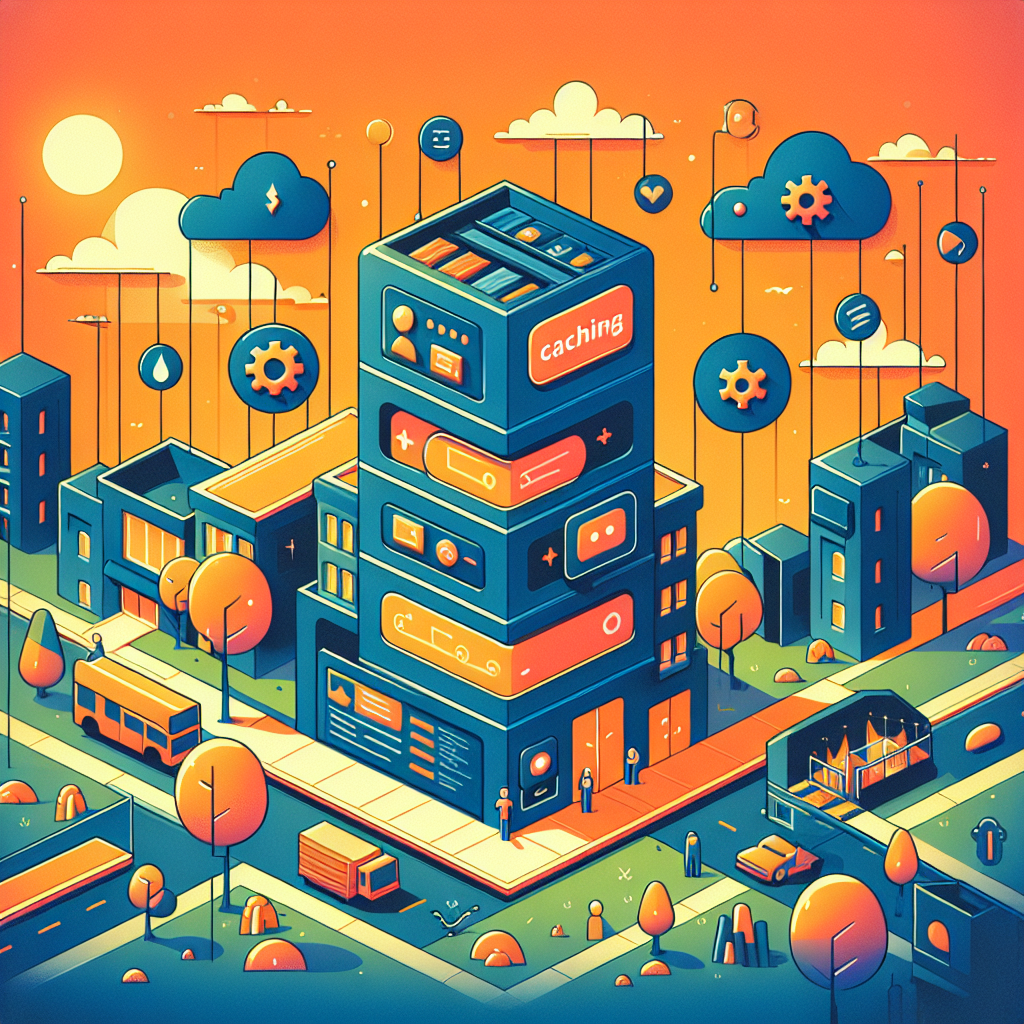Physical Address
304 North Cardinal St.
Dorchester Center, MA 02124
Physical Address
304 North Cardinal St.
Dorchester Center, MA 02124
Outline:

Hey there, friends! Have you ever kept a notebook where you write down your friends’ names, birthdays, and favorite colors? That notebook helps you remember important details. A database is just like a special notebook on a computer. It stores information so we can find it easily when we need it.
Imagine a huge box of LEGO pieces where each block has a different color and shape. If you organize them by color, it becomes easier to find the one you need. A database helps organize information in the same way!
We use databases because they help us:
For example, your school might have a database with all students’ names and grades so teachers can see how well everyone is doing.
A database works like a magic box. When you put information inside, the box remembers everything!
Imagine you have a library filled with books. The librarian uses a card system to know where each book is stored. When you ask for a book, the librarian checks the system and finds it quickly. That’s how a database works—by helping us find information fast!
A database has different parts, just like a pizza has slices. Let’s look at the main parts:
A table is like a big chart with rows and columns. Each table holds a list of things, like a list of students in your class.
A record is one row in the table. It is like a single page in your notebook with all the details about one person or thing.
A field is a piece of information. For example, if you have a table for your friends, the fields could be:
Each field gives a bit of information about your friend.
Did you know you see databases all the time? Here are some cool examples:
Storing information in a database is like filling in a form. Imagine you have a “My Favorite Things” list. It might look like this:
| Name | Age | Favorite Color | Favorite Animal |
|---|---|---|---|
| Emma | 7 | Pink | Dolphin |
| Liam | 8 | Green | Tiger |
| Mia | 7 | Blue | Bunny |
The table stores information neatly so you can find it anytime.
Databases are super special because they can:
Computers use databases all the time! Imagine a superhero computer who remembers everything. When you play a game, watch a video, or visit a website, the computer uses databases to show you what you need.
When you search for “funny cat videos,” a database helps the computer find the best videos for you!
Databases are amazing because they help us keep information safe, organized, and easy to find. Whether it’s your school library, a video game, or even your mom’s recipe book, databases are everywhere!
1. What is a database in simple words?
A database is a special place on a computer where we store and organize information so we can find it easily later.
2. Why do we need databases?
We need databases to keep information safe, organized, and easy to find, like a superhero notebook!
3. Can I make my own database?
Yes! You can create your own database using simple tools like a notebook or a computer program like Excel.
4. Are databases only for computers?
No! Even a recipe book or a collection of baseball cards can be a database.
5. How do databases help in school?
Databases help teachers keep track of students’ grades, attendance, and progress.